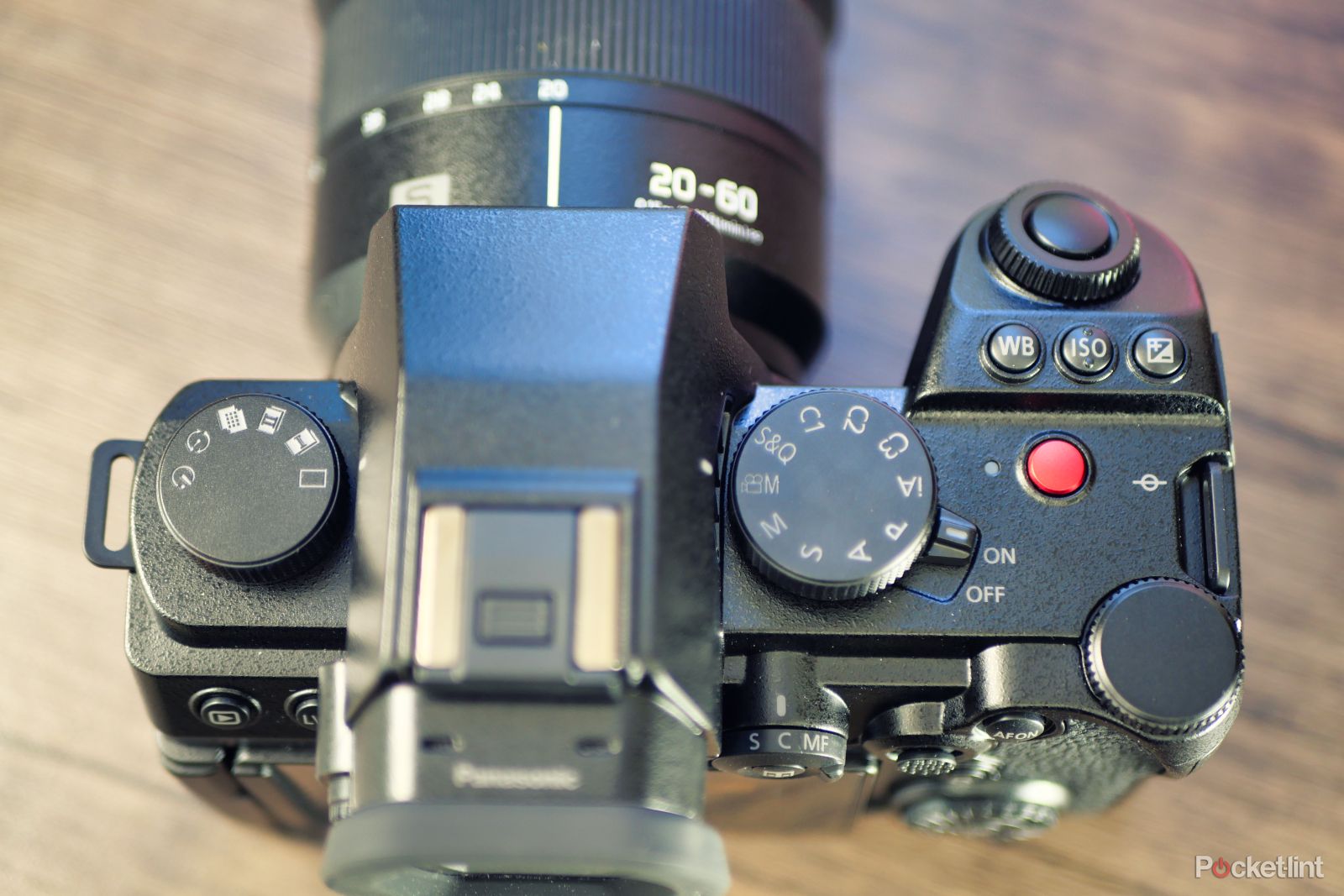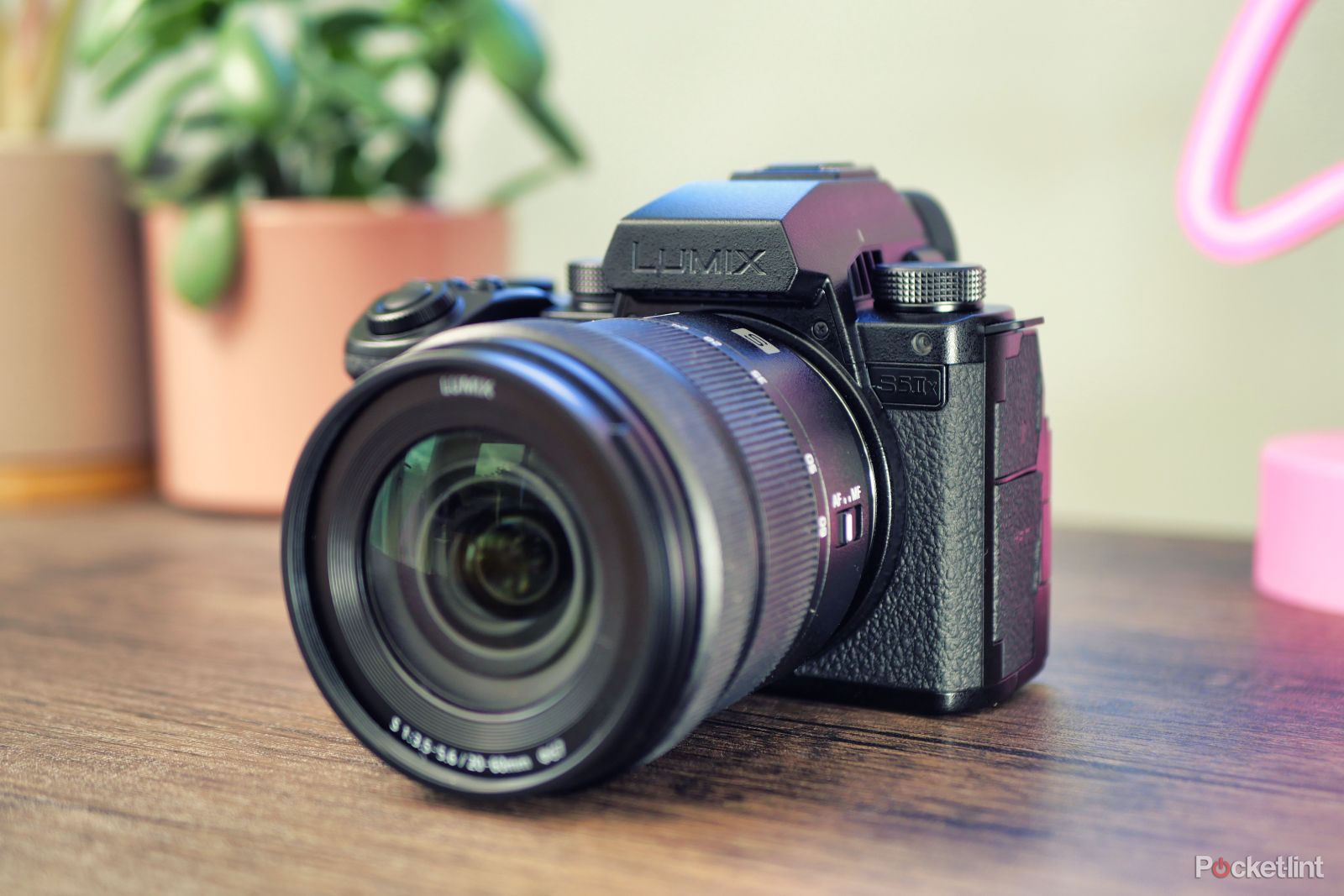Whether you're a professional photographer or a total beginner, there's some gear that you simply can't do without. A camera is the obvious barrier to entry, but the list of essentials grows with less obvious things, like a tripod, an SD card, and a quality lens. The pros know just how expensive gearing up gets, so start with the necessities.
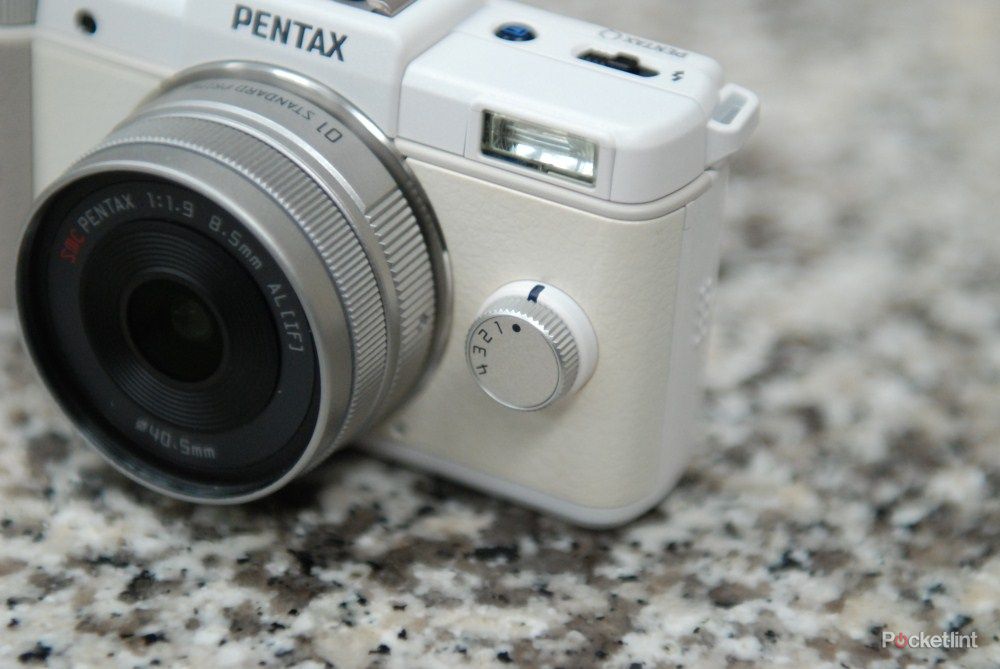
7 free Photoshop alternatives for quick and easy photo fixes
Fixing a photo or creating a graphic doesn't always have to come with the price or learning curve of Photoshop.Our team at Pocket-lint is composed of camera experts, professional photographers, filmmakers, and tech nerds. We put our heads together to come up with a list of the best gear that we couldn't go to a shoot without. From our favorite professional camera for video released this year, the Panasonic Lumix S5IIX, to the humble microSD card, this guide includes the winners in each category.
Best photography gear: Our favorite picks
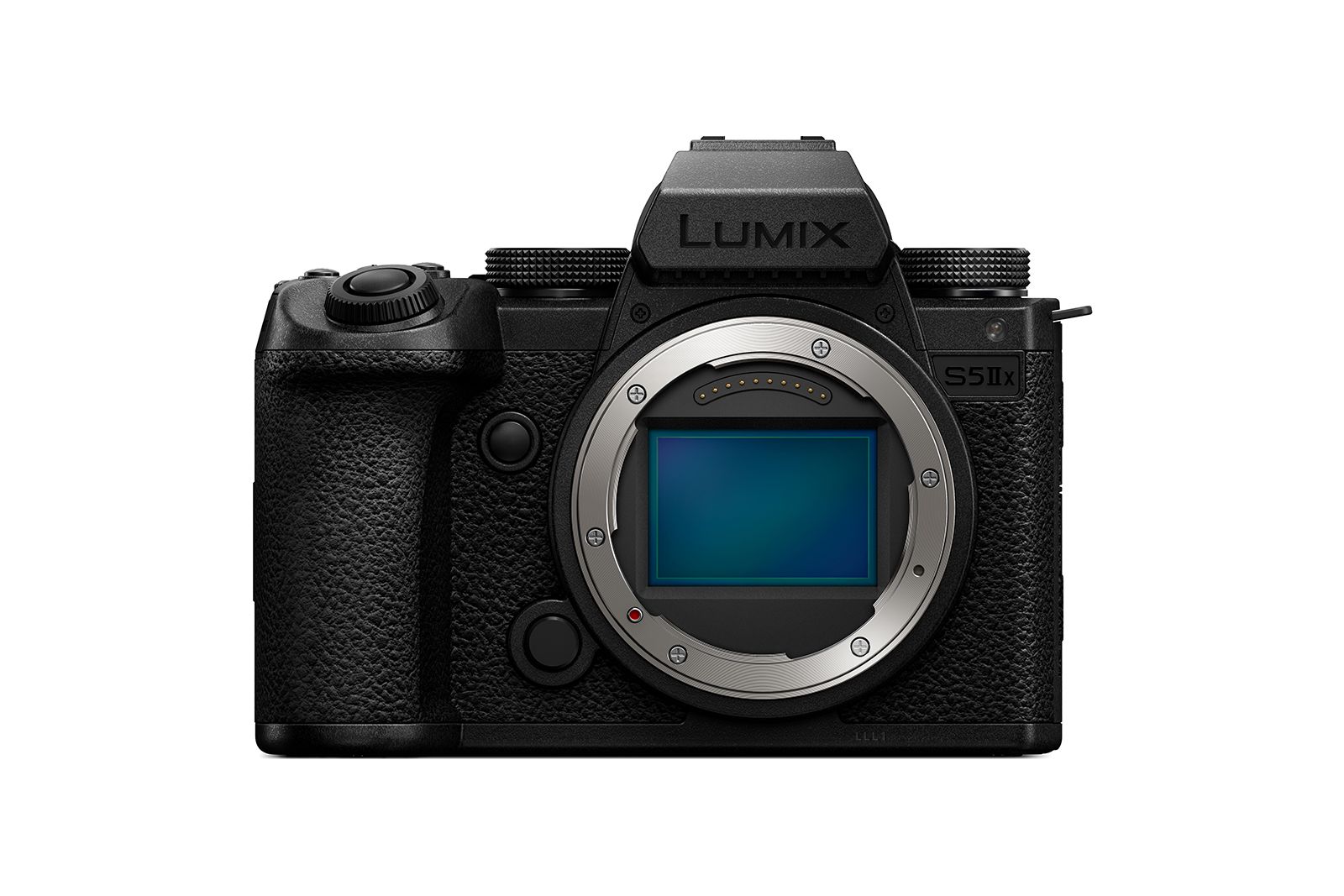
Panasonic Lumix S5IIX
The camera that sets the standard
The Panasonic Lumix S5IIX has specs that seem too good to be true at this price range, like 6K video and a 24.2MP full-frame sensor.
- Can record directly to an SSD via USB
- Supports ProRes recording
- Up to 6K video
- Professional specs for modest price point
- Not a massive upgrade over the slightly more affordable S5II
When the Panasonic Lumix S5IIX hit the market, our jaws hit the floor. Never before has a full-frame, mirrorless camera of this caliber been so fairly priced. Indeed, it's our top pick for 2023, since it checks all the boxes for professional photography and then some.
It's certainly geared towards filmmaking, with a 6K max video resolution and compatibility with ProRes RAW codecs. You can also record directly to an external SSD, something that can help keep all your footage in one place.
But for still photography, the S5IIX performs just as well. The 24.2MP sensor and phase-hybrid autofocus combine to capture super-sharp images, even in low lighting.
Considering all the power of the S5IIX, it should come as no surprise that it made it to the top of our list of essential photography gear. This camera not only made our 'best of' list for professional grade cameras, it's also shortlisted for our choice of camera of year for our 2023 EE Pocket-lint Awards - see all the nominees below. But choosing a camera is just the beginning; now you'll need a lens.
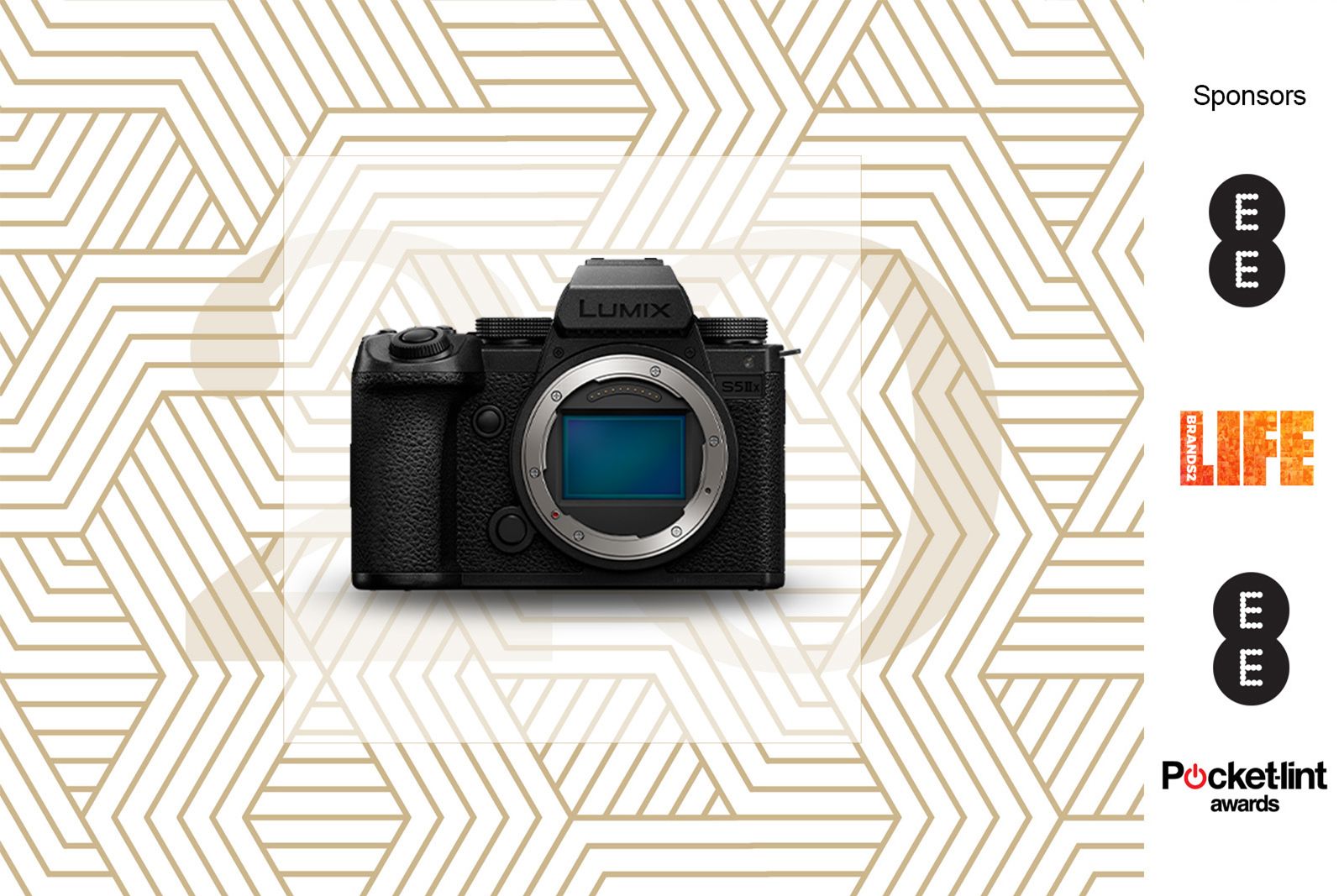
EE Pocket-lint Awards 2023: Camera of the Year
This camera beat the competition to become our Camera of the Year for 2023.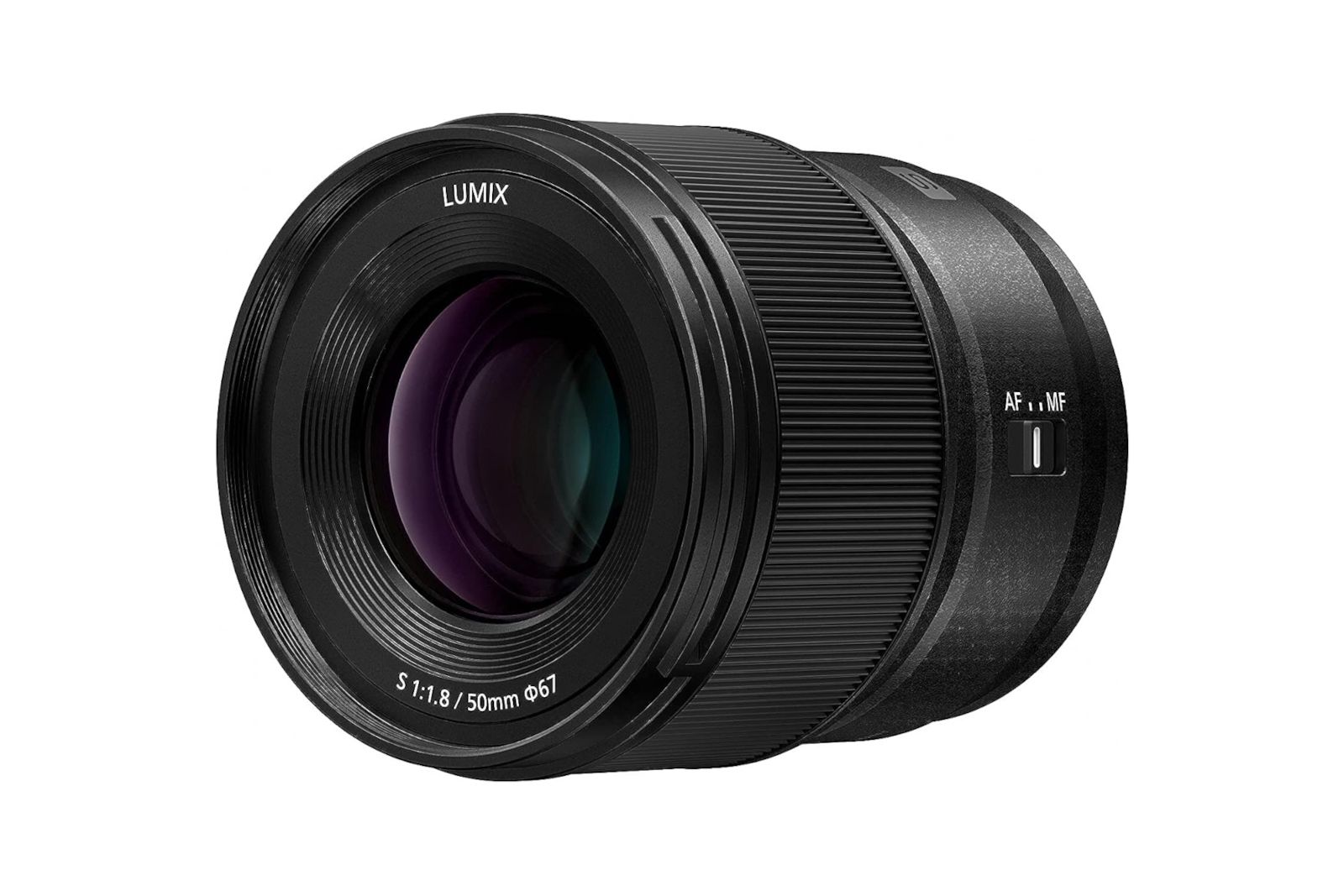
Panasonic Lumix 50mm F1.8 Camera Lens
Dubbed nifty fifty for a reason - a lens for landscapes to faces
This 50mm lens is the definition of a photography essential, with an excellent performance for everything from studio work to on-the-go filmmaking.
- Large f/1.8 aperture
- Fairly affordable
- Top-notch autofocusing
- Beautiful bokeh
- Hardy build with dust- and splash-resistance
- No built-in stabilizer
Every photographer should have a "nifty fifty" lens in their kit. What makes the 50mm focal length so coveted? The answer depends on who you ask, but most professionals agree that 50mm is the sweet spot for capturing the widest range of subject distances. And this Panasonic Lumix S Series lens, with its f/1.8 aperture, demonstrates the power of 50mm perfectly.
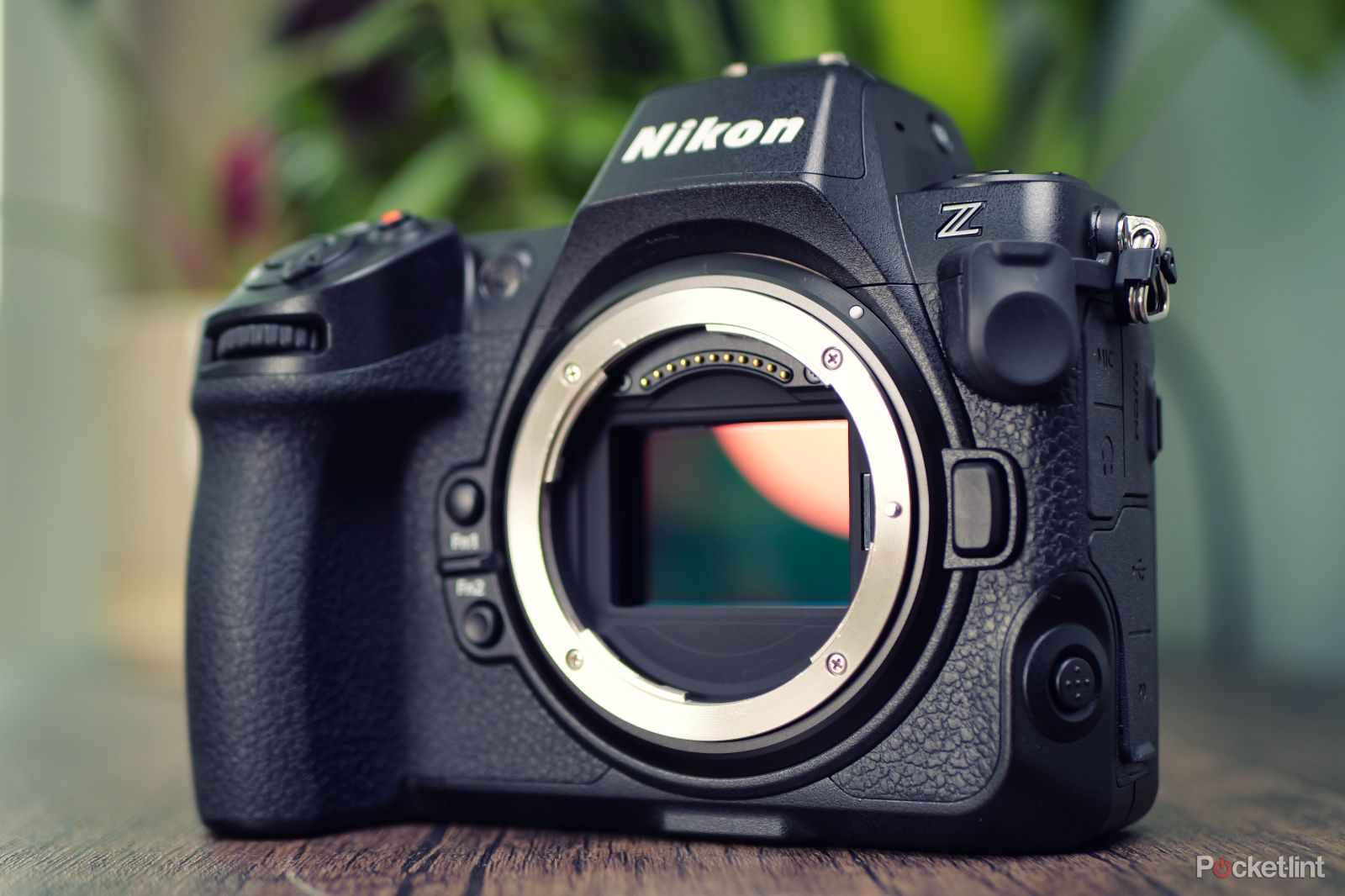
Best mirrorless cameras: Top interchangeable lens cameras from Sony, Canon, Panasonic and more
Mirrorless cameras are where it's at for both photographers and video makers alike, here are our favourites.The large, f/1.8 aperture is particularly important for capturing details in low lighting, making the most of the full-frame sensors that the Lumix S Series embodies. But if this L-Mount lens doesn't fit your particular camera, don't worry. There are other excellent 50mm 1.8 lenses out there for other camera models as well, and they all fall within this modest price range. So, whether you have a full-frame Lumix, Sony, Canon, Nikon, or something else, make sure you take advantage of that massive sensor with a large aperture like this one.
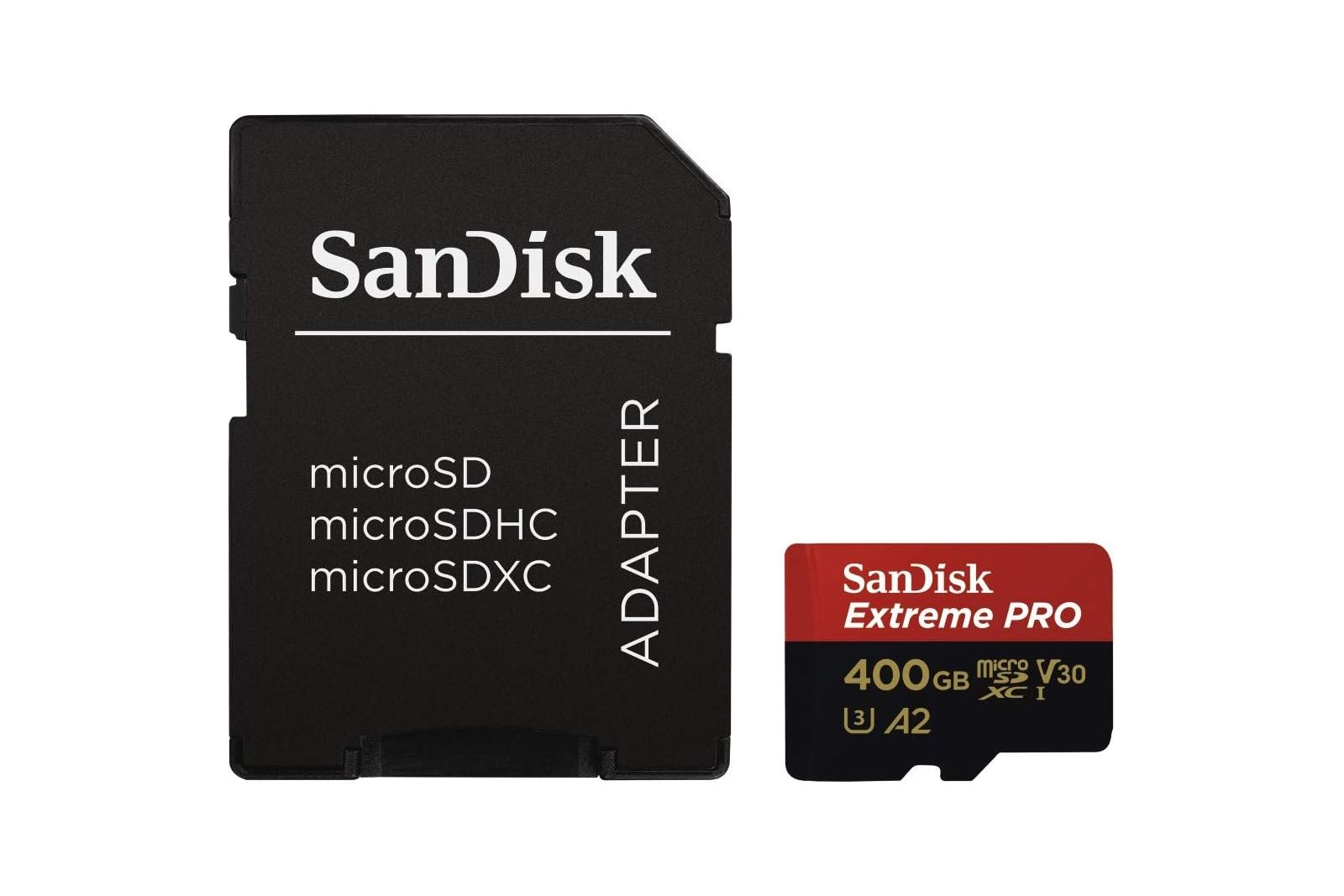
SanDisk Extreme Pro microSD card
Treat your files right with the best microSD on the market
With massive image files and 4K becoming the norm, SanDisk's Extreme Pro microSD read and write speeds keep up with the times.
- Professional read and write speeds
- Fast enough for 4K video at high frame rates
- Ideal for continuous shooting of RAW photos
- Durable build
- The price goes up with larger sizes
With massive image files and 4K becoming the norm, SanDisk's Extreme Pro microSD has the read and write speeds to keep up with the times. The first time I realized the importance of fast write speeds, I was capturing aerial photography with my Mavic drone for a real-estate gig. When I got home, the footage was jittery and utterly unusable. It turns out 4K video at 60fps needs a fast enough microSD card to keep up.
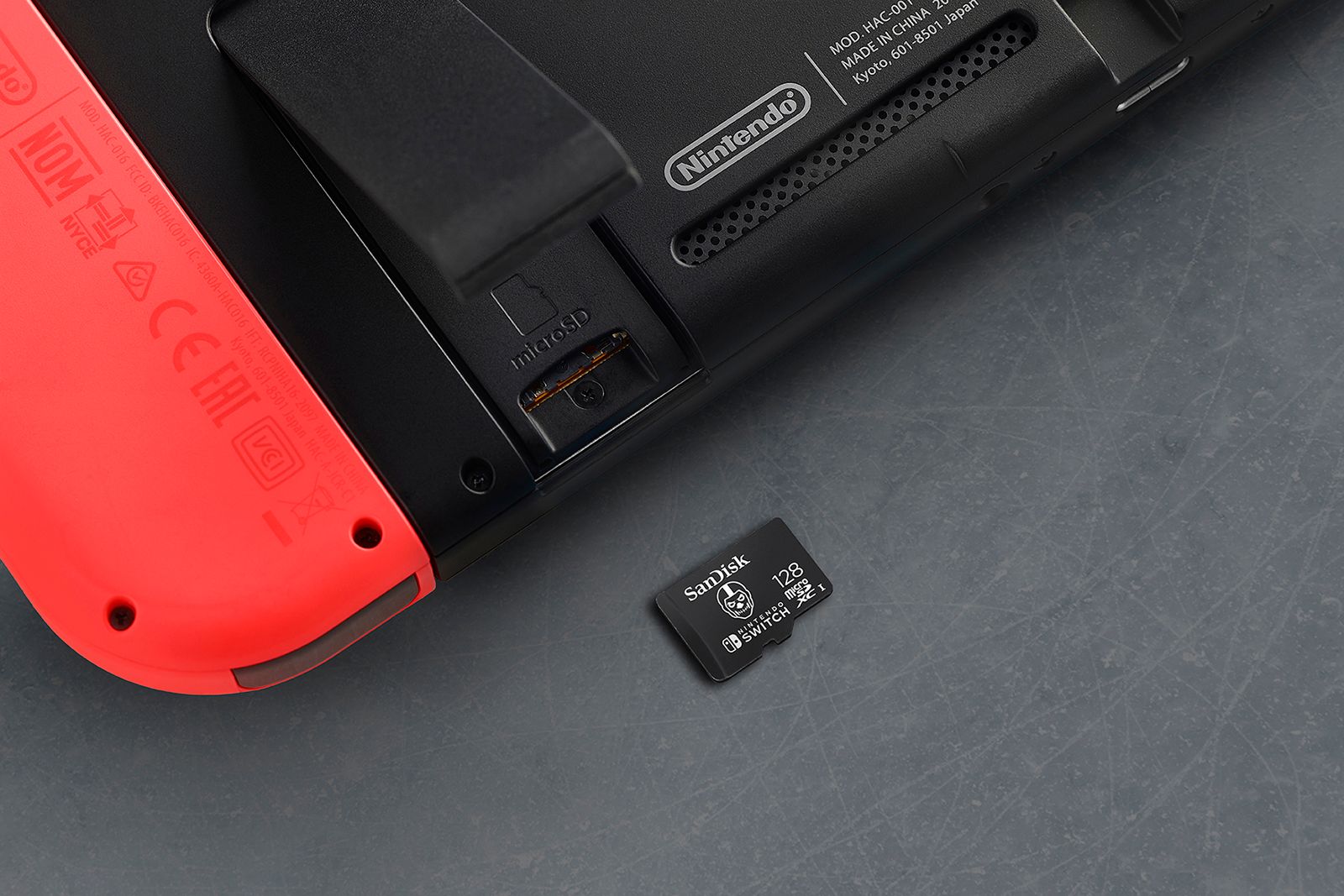
Best microSD cards: A small device to expand your storage in a big way
Don't let the name fool you, these cards pack plenty of storage and deliver powerful performance.I quickly bought a SanDisk Extreme Pro and flew back to the job site. The results were gorgeous. Indeed, this 400GB card boasts a write speed of 90MB/s, and the 170MB/s read speed can transfer a whole day's worth of footage to your computer in a couple of minutes. These are necessary specs for industry standards, and considering the modest price point, it's not worth risking anything less.
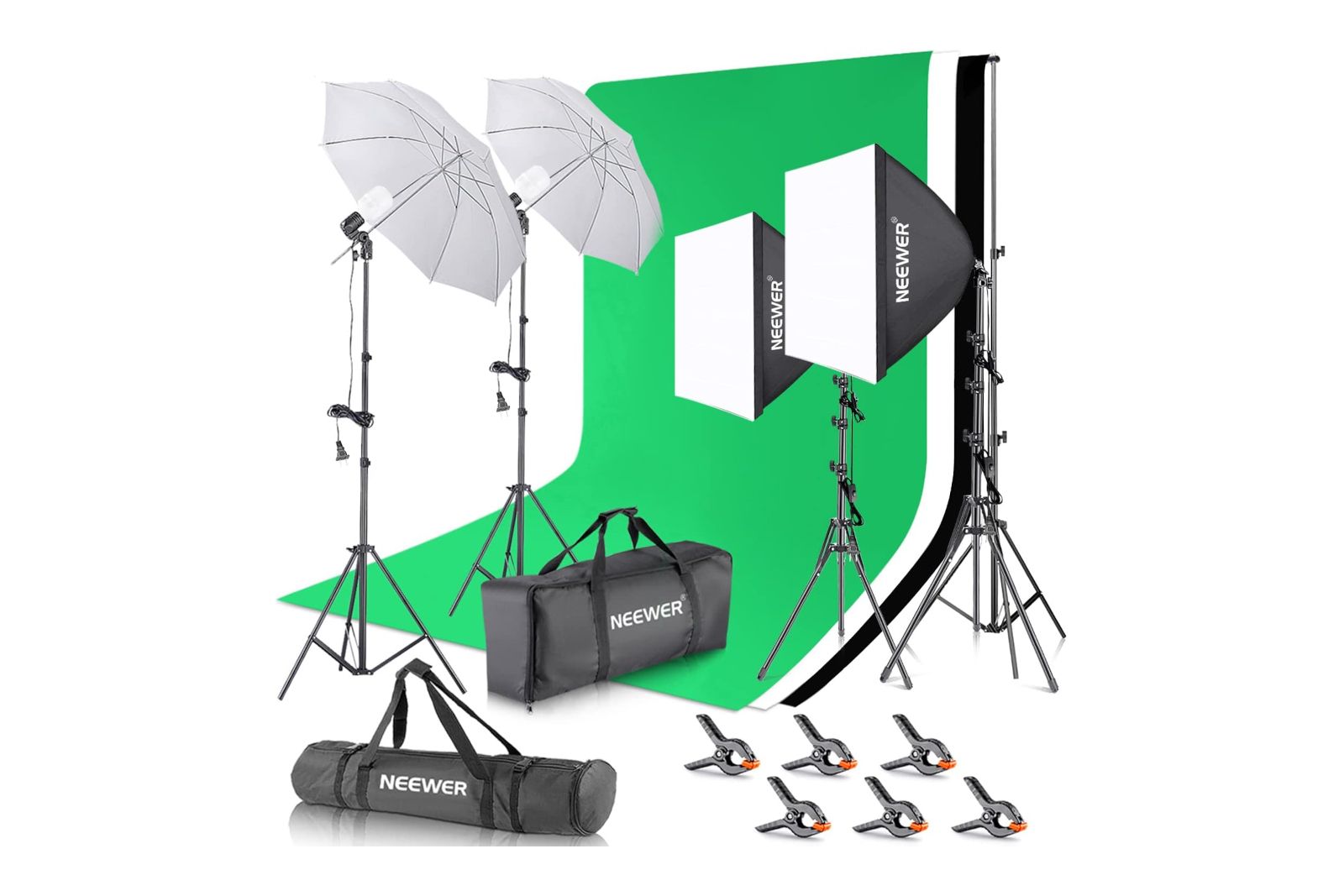
Neewer Photography Lighting Kit
A pro lighting kit for an amateur price
With four powerful lights and excellent accessories, this Neewer kit offers complete control over your lighting.
- The four lights are bright and strong
- High-quality softboxes diffuse light well
- Adjustable tripod stands
- Includes a stand for the green screen and backdrops
- No color/temperature filters
- The stands aren't very durable
If I've learned anything after years behind a camera, it's that lighting is key. In fact, light is fundamental, since without photons we wouldn't have photography (or anything visible at all for that matter). And so, for such a powerful aspect of photography, you'll need an equally powerful lighting kit. This one from Neewer puts control right in your hands.
It has everything we look for when shooting in controlled settings. Most importantly, it comes with four 24W 5700K LED bulbs and four adjustable tripods for each. This gives you complete 3-dimensional control of your lighting, and you can combine them with the two umbrellas and two softboxes to diffuse the light as you please. It also has six nifty clamps, carrying cases, and three different colors of backdrops. Now the only thing it's missing is a subject to illuminate.
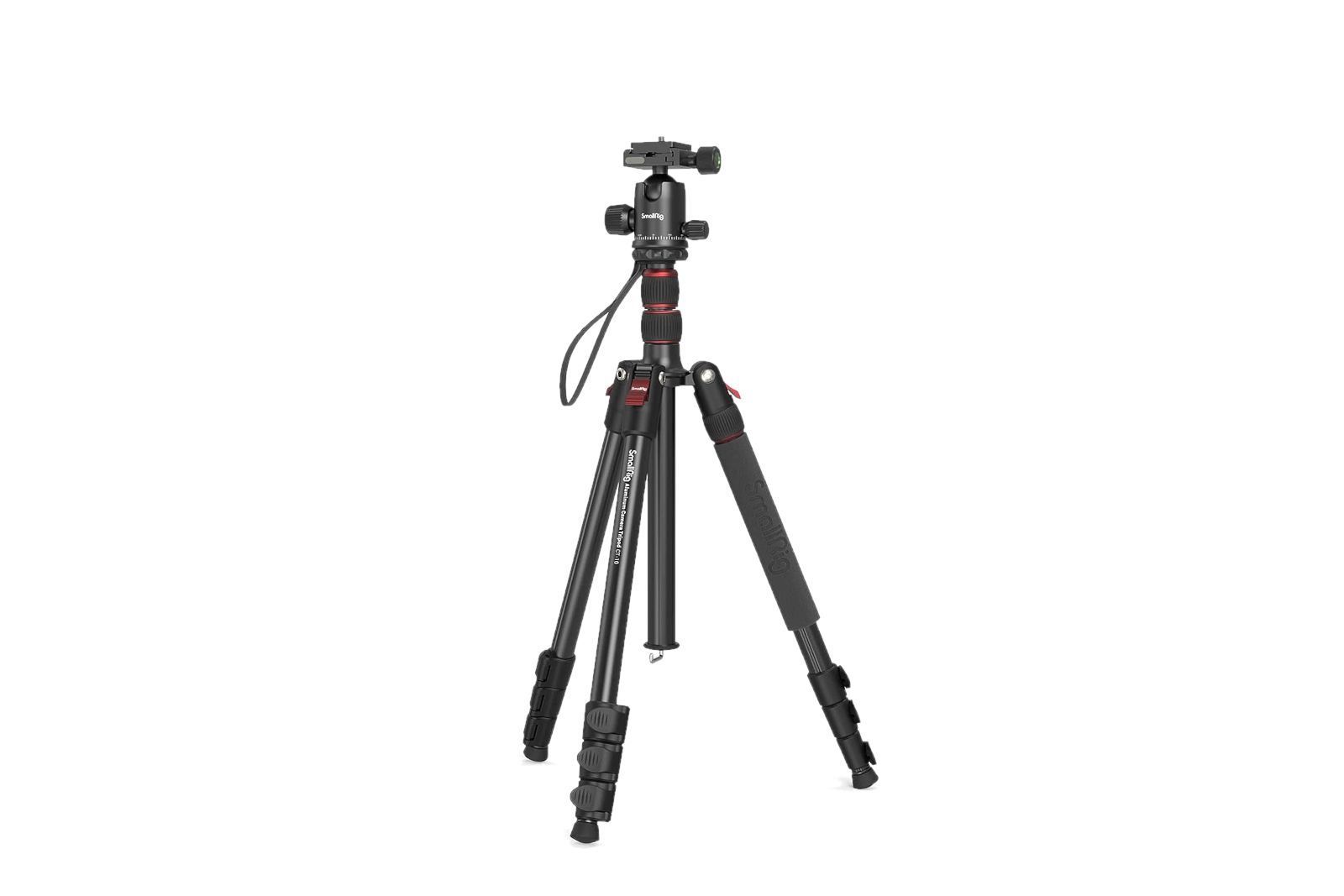
SmallRig 71" Camera Tripod
Tilt, pan, swivel, and boom with the best
The SmallRig is a fully-equipped tripod, with precise movements in 360 degrees, and it comes at a bargain price.
- Ball head moves smoothly for cinematic shots
- Durable yet lightweight
- Height range of 16 to 71 inches
- Converts into a monopod
- Requires stability weights when shooting in the wind
- No handle for swiveling
This 71-inch model from SmallRig is the jack-of-all-trades tripod that I wish I'd bought 10 years ago. The precise design makes adjustments a breeze, letting you set it up fast and capture the shot before it goes away. Most importantly, the 360-degree ball head gives a truly cinematic smoothness when tilting, panning, and swiveling around.
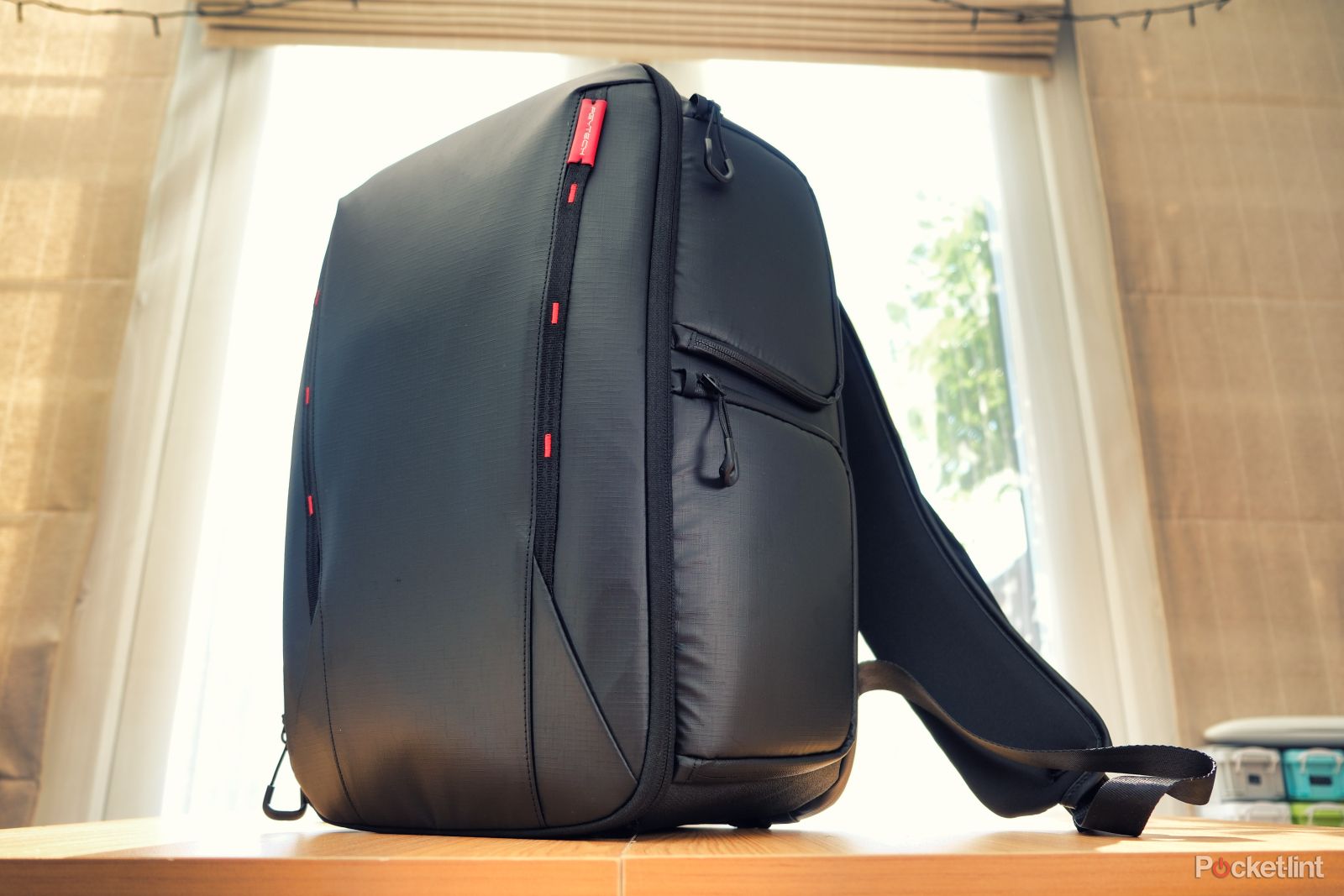
Best camera bags: Transport your camera gear in comfort and style
If you've invested in some camera equipment, keep it protected and organised in one of these excellent bags.It's designed for travel, which accounts for a low weight of 3.5 pounds and an extremely compact collapsed size of 17 inches. Of course, 3.5 pounds won't stabilize it in strong winds, but there's a really neat stability hook in the middle that lets you hang a weight to secure it in place. Indeed, it's super sturdy, and with a load capacity of 33 pounds, this tripod is a go-to for pro-level filmmaking on a budget.
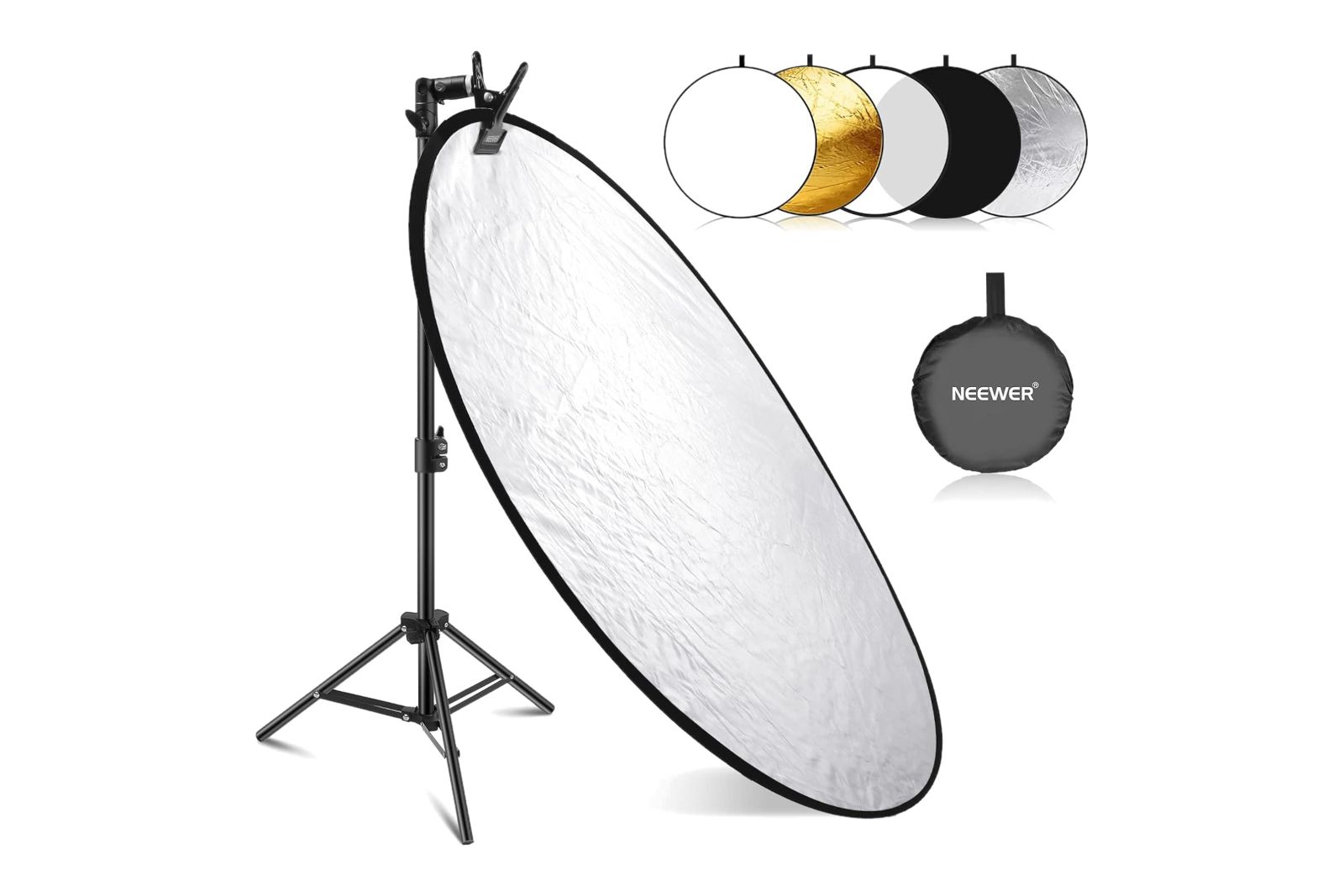
Neewer 5-in-1 Light Reflector with Stand
The key to control outdoor shoots
This jumbo light reflector from Neewer comes with a sturdy stand, five different colors, and a bargain price tag.
- Easy to deploy and pack up quickly
- Sturdy stand eliminates the need for an assistant
- Includes five different colors for different styles
- The stand only raises to max height of 43 inches
The sun gives us life, but it can also make photography extremely unpredictable. Light reflectors are essential for outdoor shooting, and they can add a ton of control in indoor studios. They're typically used for brightening shadows by reflecting sunlight onto the unlit side of a subject. That way, you can angle your shot in any direction without relying on the sun's position in the sky to illuminate your subject.
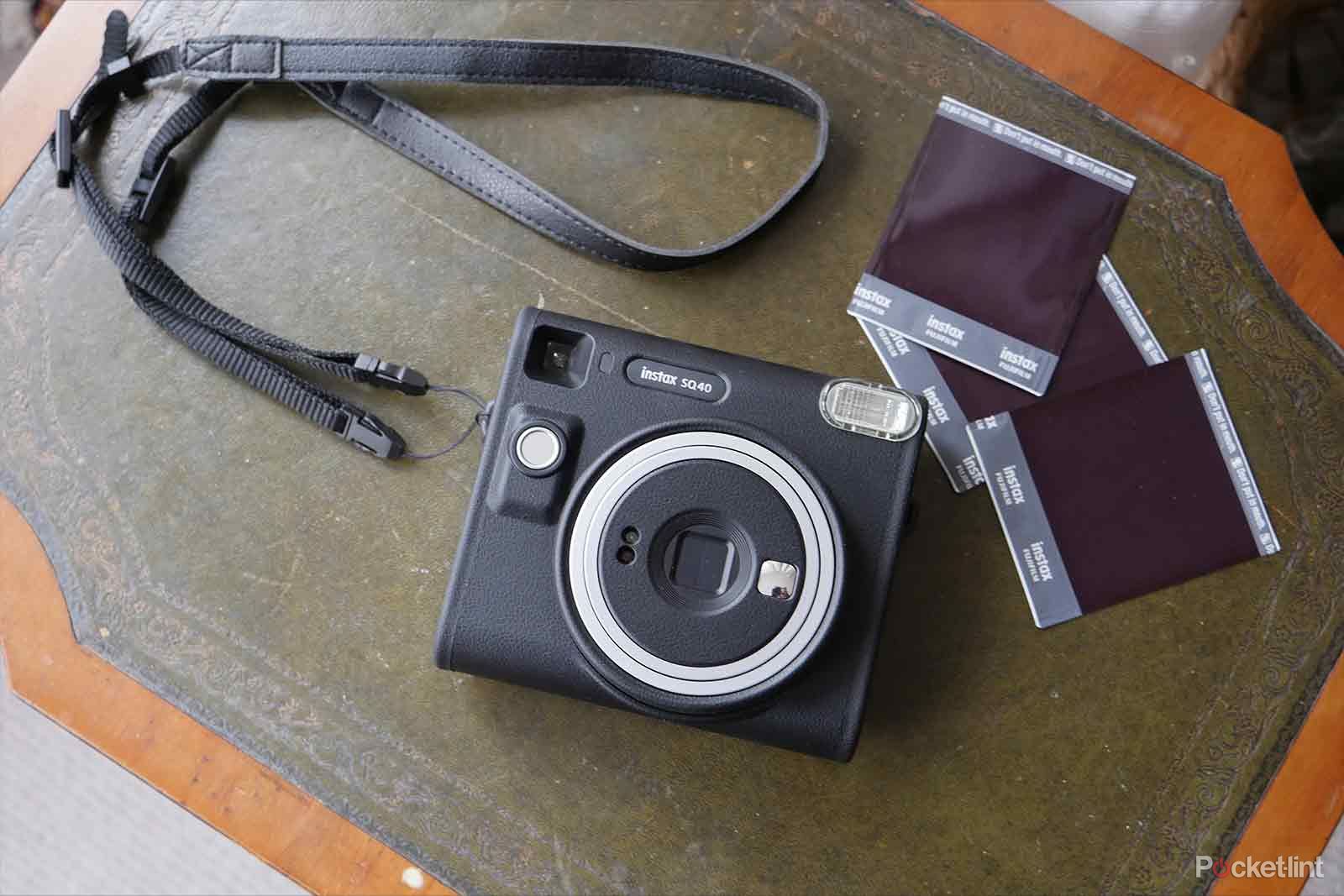
Best instant cameras (and why shaking your Polaroid picture is a myth)
The best instant cameras bring high quality photos to portable, user-friendly designs, and create retro nostalgia.Reflectors are powerful, but they don't need to set you back hundreds of dollars. This affordable bundle from Neewer has everything we look for, with five different colors, a stand, a clamp, and a carrying case that makes travel a breeze. The stand is highly adjustable, too, so you don't need to commission your cousin to hold the reflector still while you shoot.
The bottom line: What's the best gear for photography?
Every photography kit starts with the camera, and the Panasonic Lumix S5IIX is our top choice. Its fair price makes professional specs obtainable for beginners and experts alike, and it excels in both still photography and filmmaking.
A lens is another obvious essential, so we recommend the Panasonic Lumix 50mm F1.8, which offers lightning-fast focusing and excellent low-light performance. Add the Extreme Pro microSD card from SanDisk to your kit, and you'll be ready for your next shoot.
How did we choose the best photography essentials?
The real answer is trial and error. I've been making films since my preteen years, but once I stepped into the professional realm, my amateur gear didn't cut it. I've tried out tons of different camera models, and I learned what it's like to have a crummy tripod give out on you in the middle of a shoot. Fortunately, my team of fellow experts here at Pocket-lint helped weigh in on all the different photography essentials.
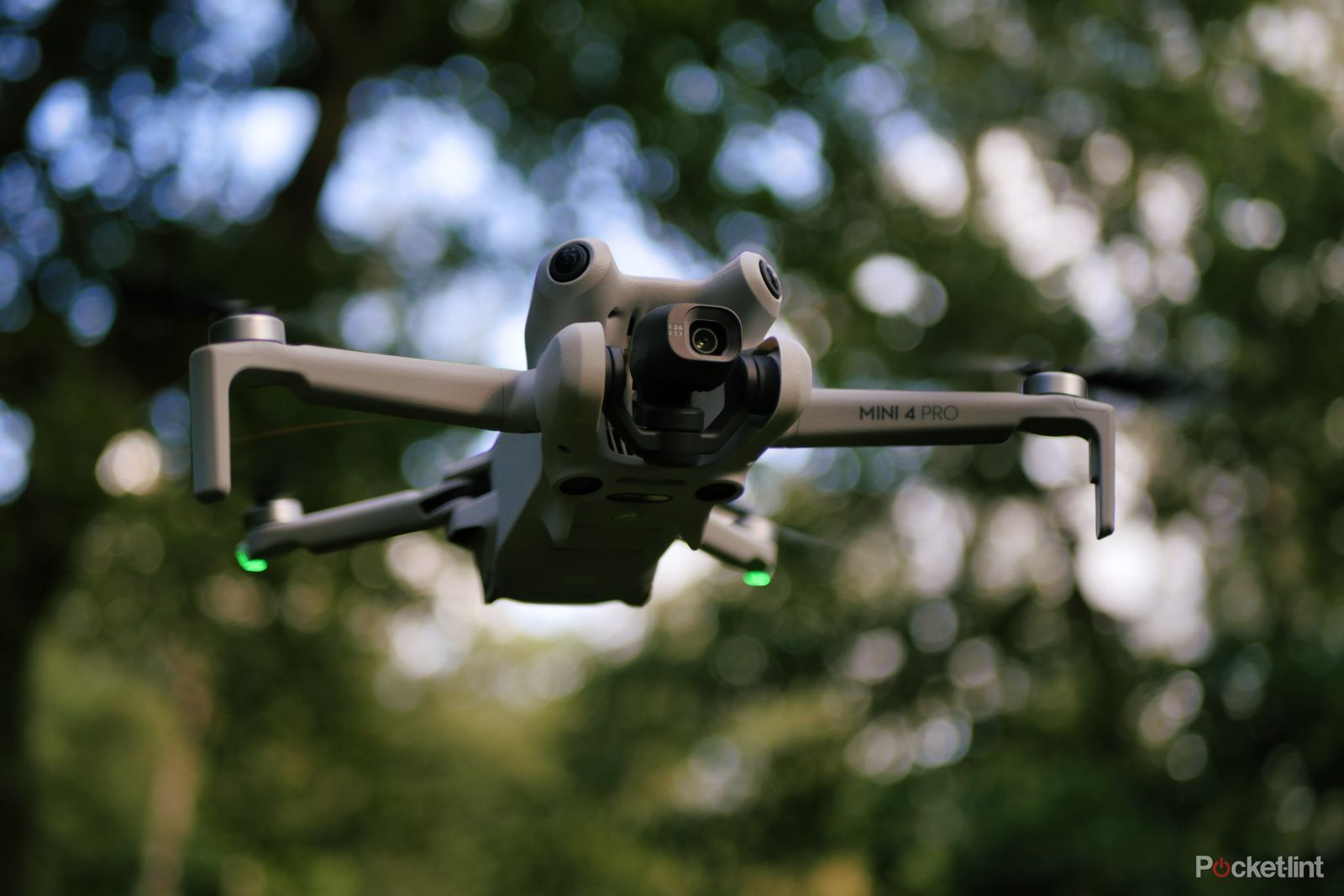
Best drones: Top 4K camera drones compared
Whether you're a seasoned flyer or a complete beginner, here are the best 4K camera drones for all budgets.The camera basics: Photography isn't possible without a camera, and a camera won't work without a lens. But you don't have to splurge your savings on the most expensive option you come across. Instead, consider how you'll use your camera, whether it's for filmmaking, still photography, or both. Then, look for options that serve your specific needs, and try to pick one that leaves some budget left over for a lens.
If you're just getting started, we recommend a hybrid camera that can capture quality video and photos alike. In the same vein, a zoom lens with a variable focal length will also prove useful, as it lets you experiment with different shooting distances. Anything that covers a range of 35-70mm should do the trick, which is why a 50mm fixed lens is also a great choice.
The final bare minimum is an SD card. MicroSD cards are usually fairly affordable, but we still recommend getting a card with a fast read and write speed to make sure your photos and videos get recorded at their full quality.
Lighting gear: Lighting is one of the most important and most overlooked parts of photography. It's also the cheapest way to upgrade the quality of your footage. Rather than buying more expensive lenses and cameras, consider getting a quality lighting kit. This includes key lights, stands, filters, softboxes, and umbrellas. You can often find great deals for complete lighting kits, but you can also build up your lighting collection piece by piece.
For outdoor shoots, reflectors like the Neewer 5-in-1 kit are essential. By manipulating the direction of natural light, reflectors add greater flexibility to how you angle and position your shots. You can also shift them around as the sun changes its position in the sky to help keep the lighting of your shots consistent.
Tripods: For filmmaking, a tripod is a necessity. The key feature to consider is the quality of the tripod head, which should be able to tilt and pan smoothly and precisely. A lightweight tripod is good for on-the-go filmmaking, but lighter tripods tend to have less stability compared to hefty, metal options.
For still photography, tripods are necessary when you want to prioritize a lower shutter speed. Examples include product photography, long exposure shots, landscape photography, and astrophotography. Still photography doesn't necessarily require a smooth-tilting and panning tripod head, but it's nonetheless useful to have for precise frame adjustments.
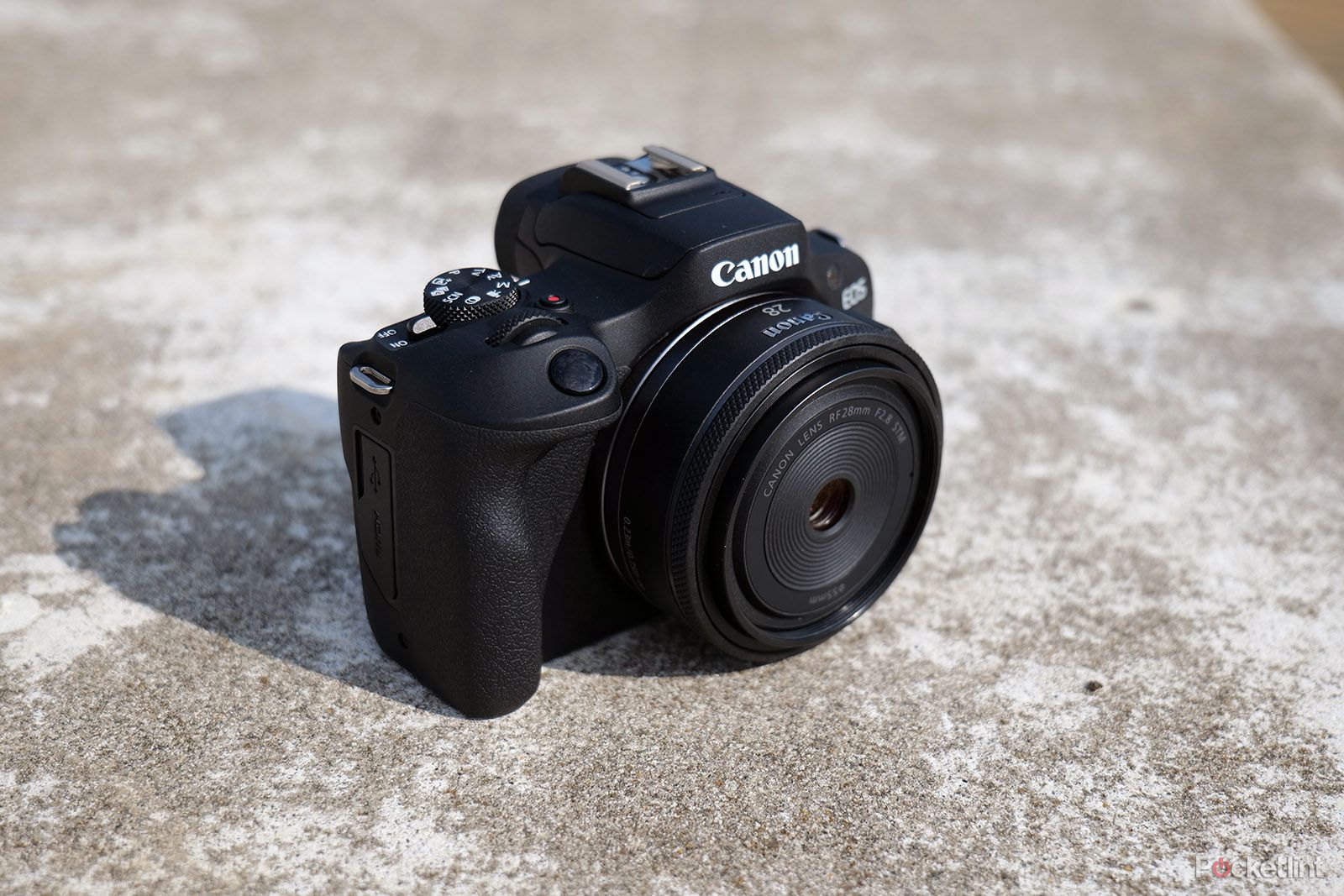
Best cameras for beginners: Photographer tested and reviewed
Fresh to photography? The best beginner cameras can capture gorgeous photos and videos without costing a fortune.What does "professional" mean for cameras?
The minimum specs for a professional camera aren't set in stone, since different clients will request different video formats and photo resolutions. Thus, when we talk about industry standards, we're really referring to the most commonly requested formats for professional productions. These days, most clients require 4K video with a maximum frame rate of 60fps. They may also ask for the footage to be shot in Log format with an H.265 video codecs.
Still photography standards are a bit simpler, with two main capabilities that your camera should possess. One, many clients will require photos to be shot in RAW format. Two, your camera should have complete manual controls, so you can adjust the exposure to meet the demands of the project. We also prefer cameras with fast "continuous shooting modes," which let you capture candid moments as they happen and select the best shot out of the bunch later.
What should I look for in a kit lens to cover all my bases?
The term "kit lens" originally referred to any lens that was included in a camera bundle, but now it often refers to inexpensive, beginner-friendly lenses with mid-range focal lengths. If your budget is indeed tight, we recommend going with a zoom lens so that you don't have to buy multiple lenses to change your focal length. Anything within the realm of 35-70mm will cover your bases.
As a rule of thumb, a focal length of 50mm is considered by many to produce the most life-like image when compared to what we see with the human eye. Almost every professional will have a 50mm (aka their "nifty fifty") in their kit. This makes it another fantastic first lens, since it can capture portraits and landscapes alike.

